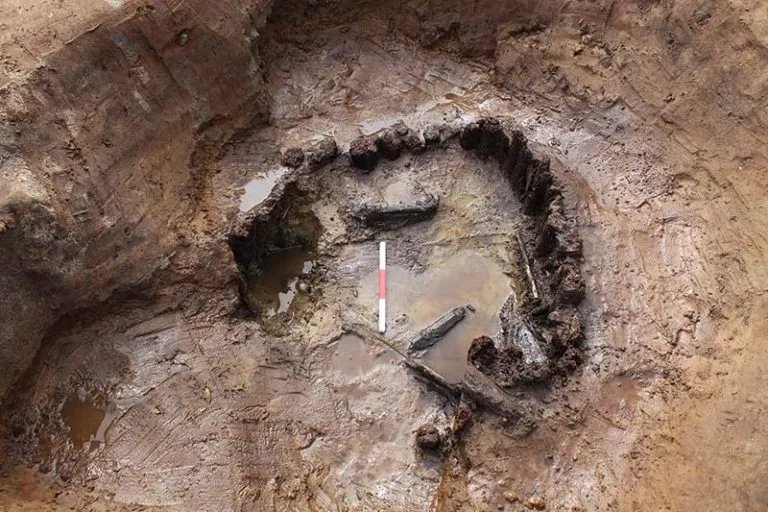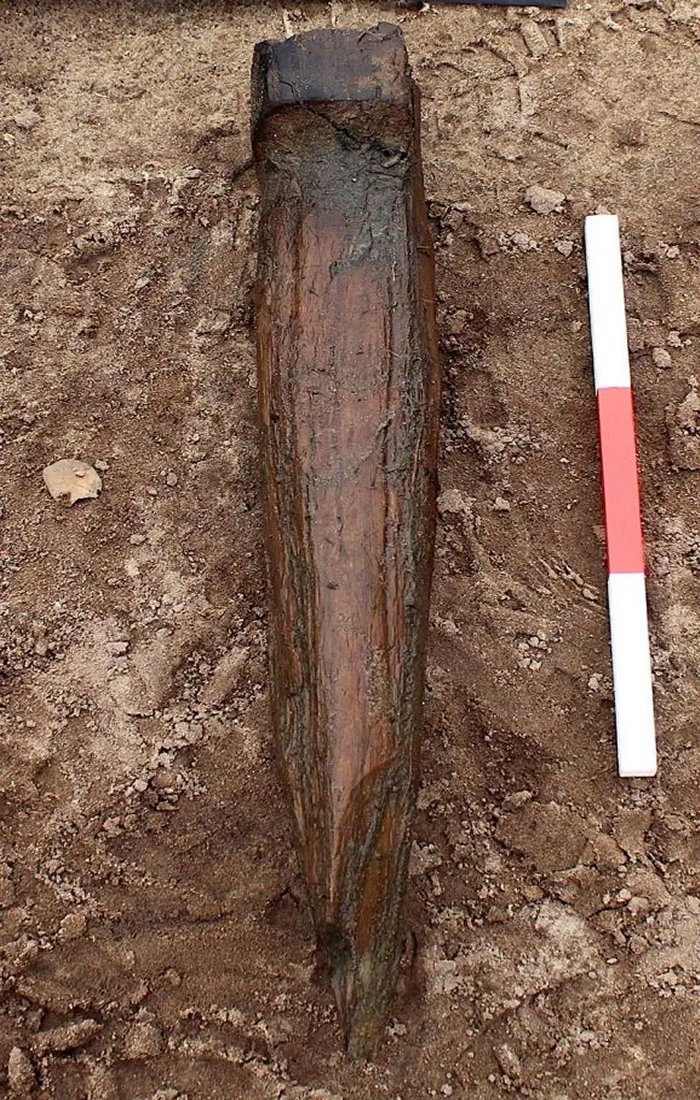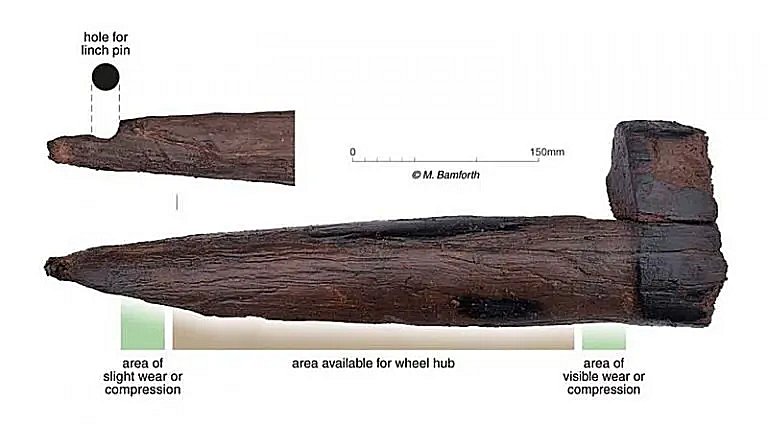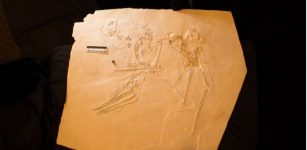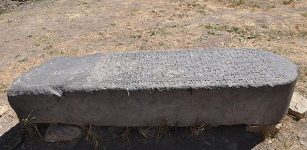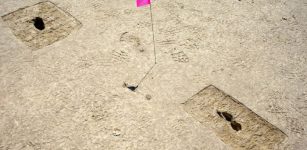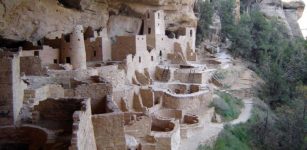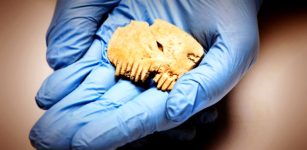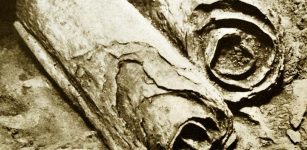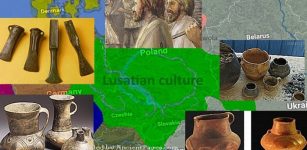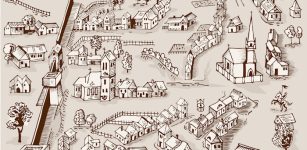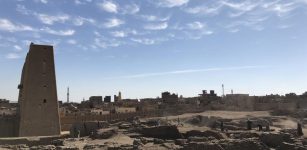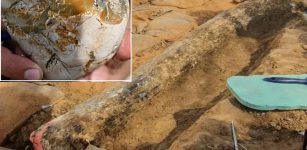‘Exceptionally’ Rare Iron Age Axle Found In Suffolk
Conny Waters - AncientPages.com - A fragment of a wooden axle from a cart or possibly a chariot has recently been identified for us by dendrochronologist Michael Bamforth – Research Associate at the University of York, and Honorary Research Fellow at the University of Sheffield.
The waterlogged pit in which the axle was found. Image credit: Cotswold Archaeology.
The axle fragment was uncovered during our 2021 excavations near Eastbridge, Suffolk, ahead of advance tree planting for the Sizewell C new nuclear power station project.
Our field team revealed prehistoric to medieval archaeology, including two Iron Age pits that were most likely used as watering holes for livestock.
Both pits were waterlogged during excavation, providing ideal preservation conditions for wood, and it is in the base of one of these that the axle was found.
Broken and burned in antiquity, and found together with charred boards that possibly originally from the same vehicle, the axle had been repurposed within a stake revetment that had prevented the collapse of the waterhole in the site’s sandy soil.
Image credit: Cotswold Archaeology
A radiocarbon date on the hazel wood of the axle has shown that it was made in the Middle Iron Age, c. 400–c. 100 BC. Most of the spindle (for the wheel hub) survives, as well as part of the rectangular axle-bed which would have been secured to the underside of the cart or chariot.
Part of a hole at the end of the spindle would have held the linchpin that secured the wheel.
This axle is an exceptionally rare find that joins only a handful of others from British later prehistory, such as the axle found at Flag Fen, Peterborough.
The wooden axle. Image credit: Cotswold Archaeology
It can also be viewed in the context of the famous chariot burials of the Iron Age in Britain, such as those from Wetwang, East Riding of Yorkshire, though in contrast no wood survives in the graves.
Research is ongoing, to determine more of what this fascinating piece means for our understanding of prehistoric vehicles and transport.
Provided by - Cotswold Archaeology
Written by Conny Waters - AncientPages.com Staff Writer

